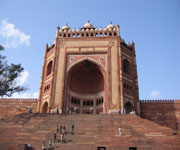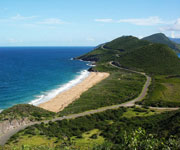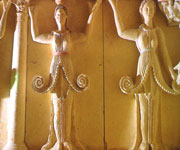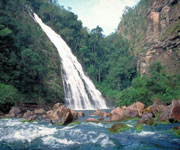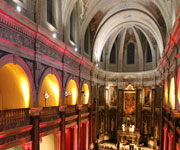Sending Uranium through Barrier Reef is not a Problem

The Queensland government says it would consider shipping uranium through the Great Barrier Reef if a new advisory committee made the recommendation. The comments come as the United Nation's environmental arm considers whether to list the reef as a World Heritage site in danger. In a report earlier this year, UNESCO identified shipping as one of the most pressing threats to the reef's future. Shipping over Great Barrier Reef ports The Queensland government this month lifted a long-standing ban on the mining of uranium in Queensland, despite saying before and after the March election it had no plans to do so. Chairman of the government's new uranium mining implementation committee, and Central Highlands councillor Paul Bell, revealed on Wednesday that all options are being examined, including shipping the ore from Great Barrier Reef ports.










